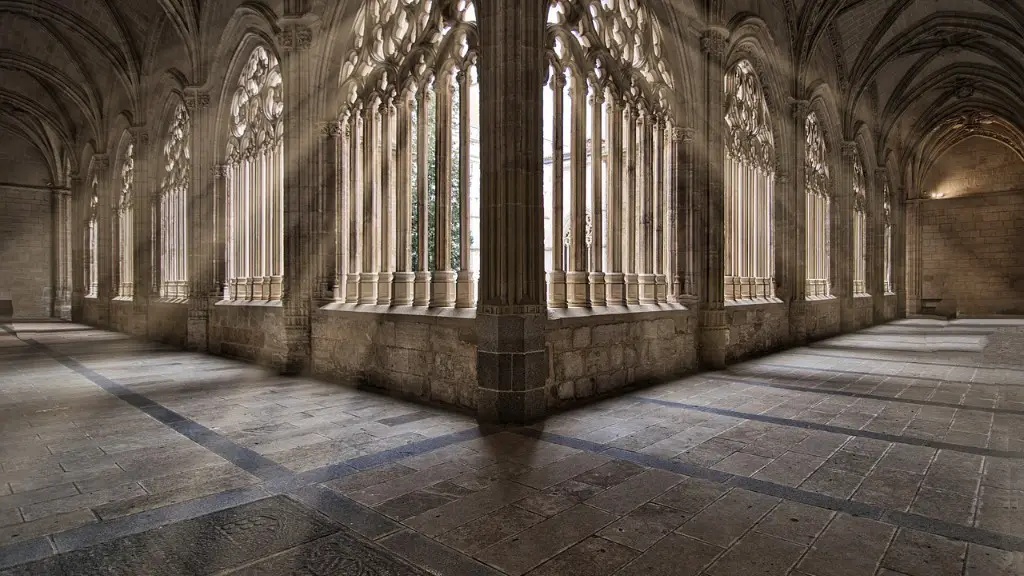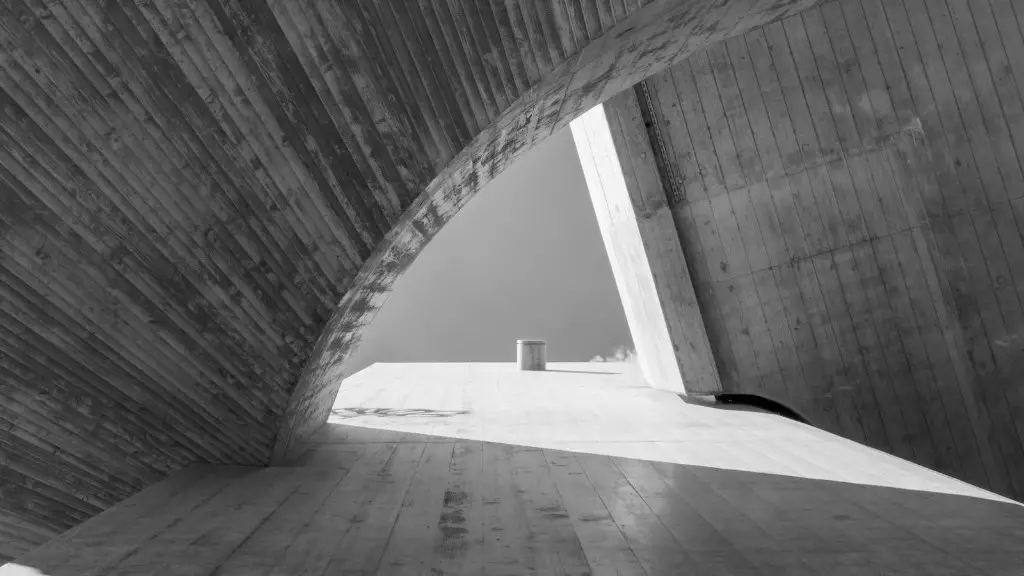Architecture is a form of art that seeks to offer knowledge and inspiration to the public. It offers a degree of creativity, combined with functionality, to give a building structure that is aesthetically pleasing and practical. Architecture has evolved over time, and is considered to be essential to the advancement of civilizations. It is also a critical part of urban planning, as it forms the foundation of a city’s infrastructure. Architects design building structures with creativity in mind, selecting specific shapes, materials, and colors to make a mark on their environment.
At its core, architecture is an art form. According to ancient philosopher Aristotle “all art [is] imitative”. This means that an architect is essentially a trained artist, and must be able to interpret and reproduce the desired look of a structure. The architect is responsible for creating a vision taking into account the expectations of their client. Every aspect of the design should present a uniform vision.
Architects must also understand the principles of composition and design in order to create an aesthetically pleasing structure. The selection of materials, details, colors, and textures are all important to the overall look and feel of the structure. It is important for an architect to think critically about the design and analyze how each element will affect the overall look of the building. Architects also strive to create structures that are innovative and that will stand the test of time.
The use of technology and modern materials has been instrumental in pushing the boundaries of architecture. Technology has allowed architects to construct more intricate designs than ever before and to create structures that are more energy-efficient. Additionally, modern materials allow architects to create unique and durable structures of all sizes.
Architecture has become the cornerstone of the built environment. Architects have the unique responsibility of providing the public with knowledge and inspiration, while meeting the needs of their client. Architects must create aesthetically pleasing structures that are also functional, durable, and energy-efficient. All of these factors must be taken into consideration when designing a structure, and it is the responsibility of an architect to bring these elements together in order to create something that is both visually appealing and practical.
The Role Of an Architect
Architects must be able to work with a variety of different materials and tools to create their designs. They must also be knowledgeable about building codes and local regulations and be able to work within budget and time constraints. Additionally, architects must be able to collaborate with other professionals, such as developers, contractors, engineers, and landscape architects, throughout the design and construction process. Architects must also take into account the preferences and needs of their clients and be able to bring their creative vision to life.
Architects must also understand the principles of engineering and physics, as these factors play an essential role in the design process. When selecting materials and details, architects must ensure that their designs are structurally sound and will not be compromised by extreme weather conditions or other external forces. Once the design is finished, the architect must ensure that all aspects of the structure are in compliance with local building codes.
Additionally, architects must pay attention to economic concerns, ensuring that the structure will be cost-effective throughout its lifespan. The architect must consider the impact a structure will have on its environment, such as energy conservation and noise pollution, when developing the design. By taking all of these factors into account, architects can create structures of the highest quality.
Impact of Architecture
Architecture has a profound impact on people’s lives. It can provide a sense of place and belonging, as well as an opportunity for creativity and self-expression. Buildings are the tangible result of the collaboration between an architect and their clients, and serve as a representation of the unique relationship between them.
When done right, architecture can be a powerful expression of culture and values. By creating aesthetically pleasing structures, architects are able to bring beauty to the built environment and uplift the mood of their communities. By understanding the needs of their clients, architects can create structures that are meaningful and impactful.
Architecture also has economic implications. Structures constructed by architects can attract businesses, visitors, and other investments to an area. This in turn can stimulate the local economy and create jobs. Additionally, well-designed architecture can have a positive impact on property values, resulting in an increase in the income of local homeowners.
Advancements in Architecture
The use of modern technology, materials, and design techniques have allowed architects to push the boundaries of their craft. Architects are now using digital tools, such as 3D modeling and virtual reality, to develop and refine their designs. Additionally, sustainable materials and construction techniques are being employed to create energy-efficient structures.
The use of robotics in architecture is also becoming increasingly popular, as it allows for the automation of repetitive tasks, resulting in a much more efficient process. Additionally, architects are now taking advantage of advances in nanotechnology and biotechnology to create structures that are more resilient and sustainable.
Architecture is evolving and adapting to the needs of society. As technology continues to advance, more and more innovative and efficient structures will be designed by architects. This will allow architects to create structures that are tailored to their environment and provide a more sustainable future.
The Future of Architecture
As architecture continues to evolve, more innovative and efficient structures will be developed. Architects will continue to use modern materials and technologies to create structures that are tailored to their environment and provide a more sustainable future. Additionally, architects will increasingly focus on the economic impacts of their designs, ensuring that they are cost-effective and attractive to businesses and investors.
In the future, architects will continue to use their creativity and talent to create structures that are functional, aesthetically pleasing, and sustainable. As technology advances, architects will continue to create structures that are tailored to the needs of their clients and communities. Architecture, as an art form, will continue to inspire and intrigue us, and its importance in the built environment will not be diminished.
Architecture as a Career Path
Architecture is a rewarding career path for those looking for a creative and fulfilling job. Architects are in high demand and play an essential role in the built environment. Becoming an architect requires dedication, hard work, and a passion for learning. Architects must complete a professional degree program and gain relevant work experience. Additionally, they must be knowledgeable about local building codes and regulations and must be able to collaborate with other professionals throughout the design and construction process.
Working as an architect can be both challenging and rewarding. Architects have the opportunity to create structures that will affect generations to come. They have the unique responsibility of providing knowledge and inspiration to the public, while meeting the needs of their clients. Working as an architect is a fulfilling career path and allows those with a creative flair to make a lasting impact on their environment.
Conclusion
Architecture is a form of art that has been integral to the advancement of civilizations since ancient times. Architects must be able to create aesthetically pleasing structures that also meet their clients’ needs. Technology has allowed architects to create more intricate designs and to make use of modern materials and tools to create structures that are both functional and energy-efficient. Architecture is an ever-evolving field and has the power to uplift communities and attract investments. Becoming an architect requires dedication and hard work, but the opportunities this career path offers are unparalleled.




